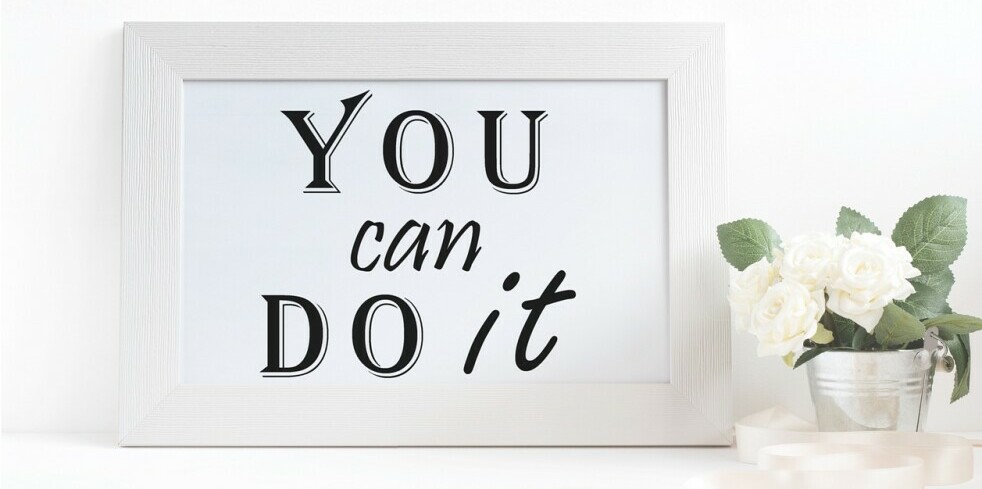
When you’re starting with meditation, the buzz about its incredible benefits is usually what draws you in. People rave about the inner peace, the enhanced focus, and the ability to handle stress more effectively. But as a beginner, you’re going to find out about the other side pretty quickly – the challenges.
I’m going to break down some of the walls you might run into on this new path. Distraction, impatience, and inconsistency are the usual culprits that can make meditation feel more like a chore than the serene experience you were hoping for. Now, don’t worry too much about this; it’s completely normal, and I’m here to help you with strategies to overcome these hurdles.
Why bother jumping over these hurdles, you ask? Because meditation has a wealth of proven benefits, and the effort you put in is worth it. It’s not just about relaxation; it’s about tapping into a greater sense of control over your emotional and mental well-being. Each challenge you face is actually part of the process, shaping your meditation journey into a truly personal and powerful experience.
As we move forward, you’re going to learn how to navigate one of the trickiest aspects of meditation for beginners: dealing with distractions. I’ll share some tricks of the trade that’ll help you create a space where peace of mind isn’t just a concept, but a practice.
Navigating the Mental Maze: Strategies for Overcoming Distractions
I’m going to let you in on a little secret: everyone gets distracted while meditating, especially in the beginning. The key isn’t to eliminate distractions, but to learn how to manage them. Consider this the mental equivalent of guiding a boat through choppy waters to reach calm seas.
External distractions are the first hurdle. You’re trying to focus, but the world around you isn’t cooperating. Here’s what you can do: find a quiet corner of your home, or even invest in some noise-cancelling headphones if that resonates with you. The idea is to create a space that signals to your mind, ‘Hey, it’s time to wind down.’
Now, what about those pesky internal distractions? Those thoughts that insist on popping up the moment you close your eyes? First off, don’t worry too much about them. It’s entirely normal. Just recognize each intrusive thought and imagine it as a cloud floating by in the sky, leaving your mind clear again.
Breathing techniques can be your north star here. Focusing on your breath keeps you tethered to the present. Each inhalation is a reminder that you’re here, and each exhalation is a chance to release those distractions. With practice, you can transform your breath into a powerful tool for mindfulness.
Mastering the art of directing your focus amidst distractions doesn’t just improve your meditation; it enhances your concentration in everyday life. That’s why tackling these challenges is worth the effort. And patience, a vital ingredient in this process, leads us into the next section.
Building a Consistent Practice: Tips to Stay Motivated and Patient
I’m going to share with you some straightforward strategies to keep your meditation practice steady and fulfilling. Consistency isn’t just about discipline; it’s also about creating a practice that resonates with you on a personal level.
- Start by setting realistic goals. Don’t rush into meditating for an hour a day right off the bat. You might want to begin with just five minutes and slowly build up from there. This approach helps cultivate patience and makes the process feel less daunting.
- A meditation schedule can be a game-changer. Try to meditate at the same time every day. This isn’t just about creating a habit; it’s also about signaling to your mind and body that it’s time to wind down and be present.
- Celebrating small victories is important. Did you manage to sit still for a whole session without getting up? That’s a win! Recognize your progress and allow it to motivate you.
- If you hit a wall, remember, it’s completely normal. Everyone has those days. Don’t be too hard on yourself. Instead, try revisiting your intentions or tweaking your practice to freshen things up.
- Finally, don’t be shy about joining a meditation community or seeking guidance from someone more experienced. Sharing your experiences and learning from others can provide you with new insights and keep your practice invigorated.
Your first attempt doesn’t need to be your last. You can always adjust your approach down the road. Meditation is a personal journey, and it’s all about finding what works for you. Keep it up, and you’re going to see how these small steps lead to big changes in your mindfulness journey.
